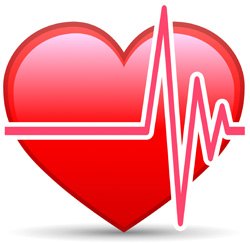Intelligent monitoring of the heart
Cardiovascular disease is one of the leading causes of death in Europe. Medical practice has mainly focused on treatment and therapy of the disease. However, prevention in patients at risk bears equal importance necessitating the development of efficient monitoring systems. To this end, the EU-funded ‘Heart rating for objective neural intelligent communication’ (Heartronic) project aimed to develop an innovative system for prevention and early warning by a continuous monitoring of heart conditions. The system was designed as a light wearable device integrated in some piece of clothing like a shirt, capable of recognising cardiovascular anomalies and alerting doctors and hospitals in real time. The system was composed of a data acquisition unit that read signals from the chest and correctly interpreted the captured ECG signals. These signals were collected on a palmtop computer and were subsequently sent to the host server for accurate diagnosis. Finally, a host server was responsible for collecting all patient information and ECG signals which it could then redirect to doctors and hospitals. Project partners worked on the feasibility of developing ECG sensors that could be embedded into textile fibres. Software was developed with particular algorithms that allowed digital filtering and statistical classification of ECG patterns, so that they could recognise an abnormal ECG signal. Reliable and efficient communication between the Heartronic device and a cellular phone was established, as well as data transfer between the cellular phone and a host station. A graphic user interface was designed to provide the cardiologists with an easy graphic tool for viewing ECG data on their cellular phone. Advantages of the Heartronic system included the elimination of a mass storage device since data was sent over a wireless network via Bluetooth. Additionally, the device was completely automatic and did not require any technical competence making it ideal for elderly or disabled people. Implementation of the system is expected to improve diagnosis of cardiovascular disease and facilitate prevention, thus increasing life-expectancy of patients.



